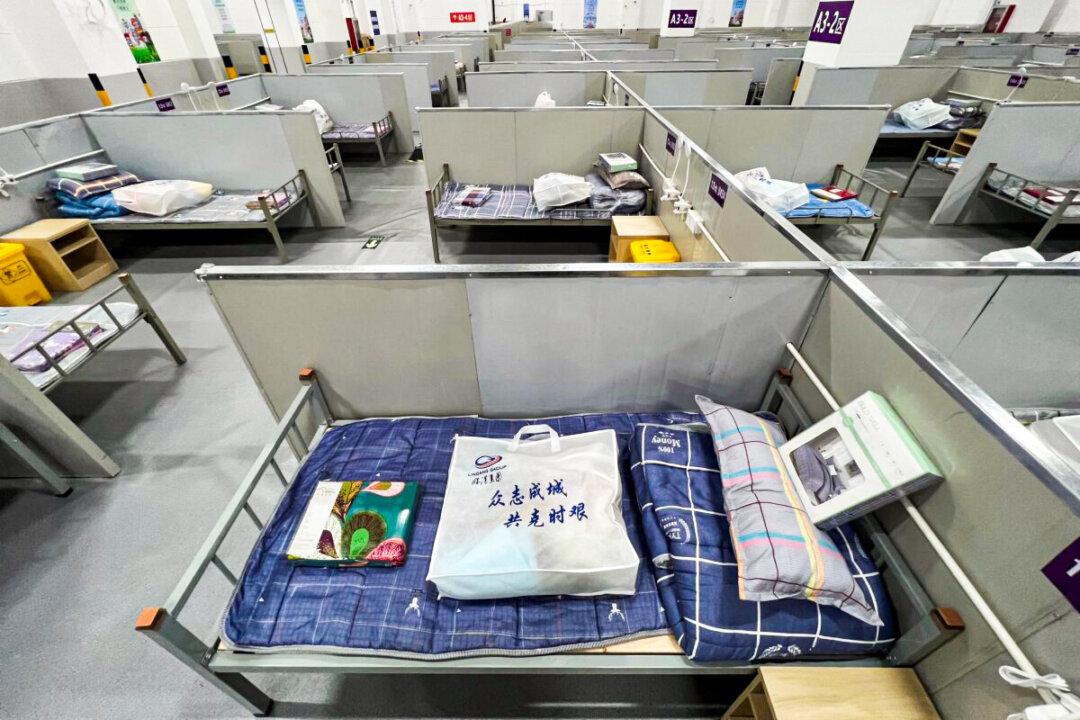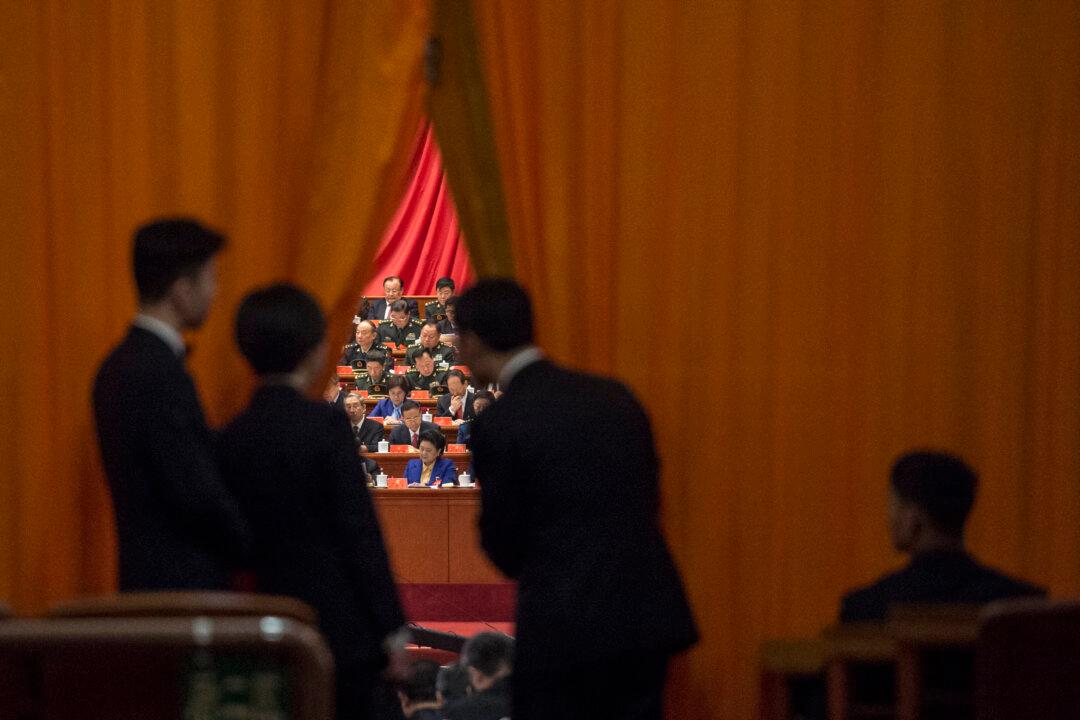Shanghai residents who have said they have recovered from COVID are being sent to makeshift hospitals—called ‘fangcangs’—against their will.
The city of some 26 million people has been in various stages of strict lockdown under the Chinese regime’s “Zero-COVID” policy for the past several weeks.





